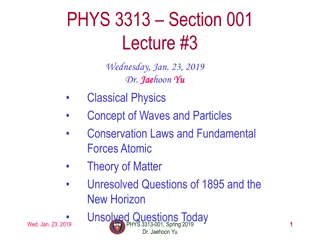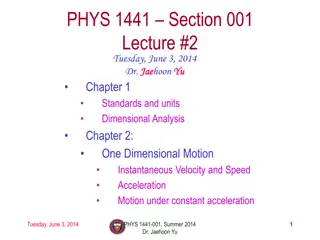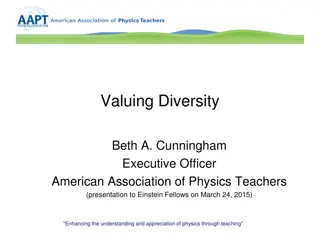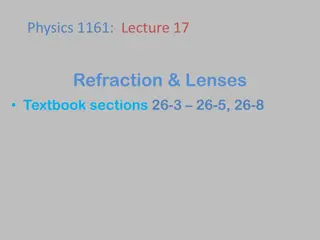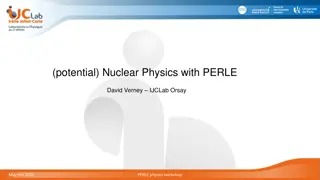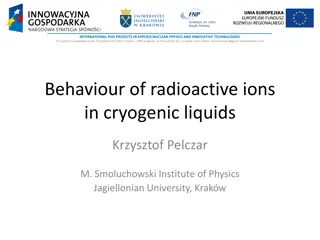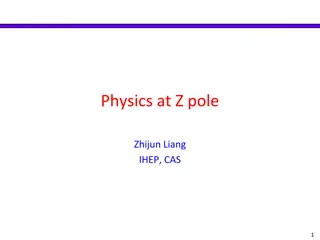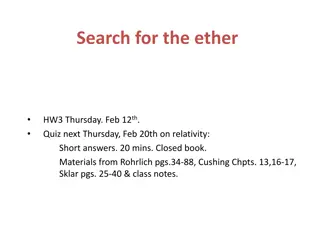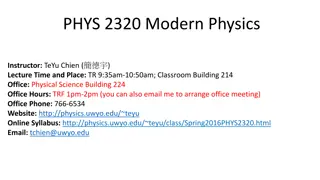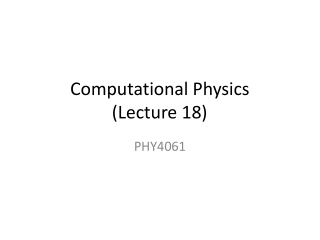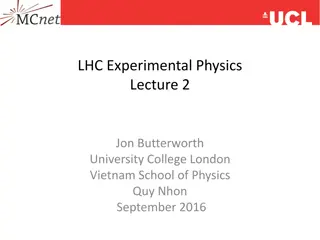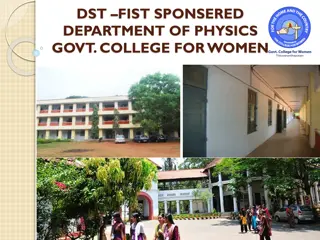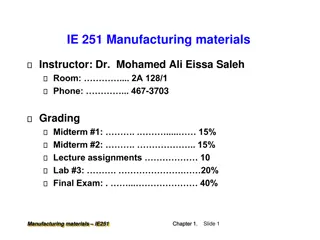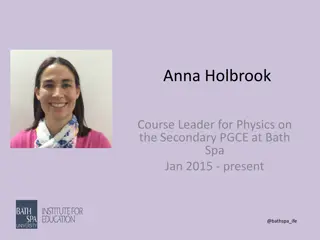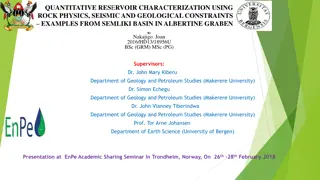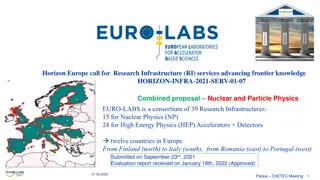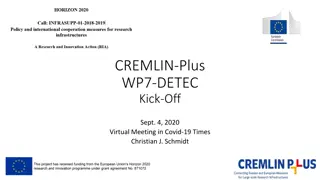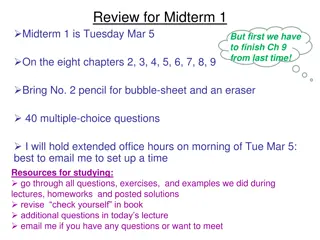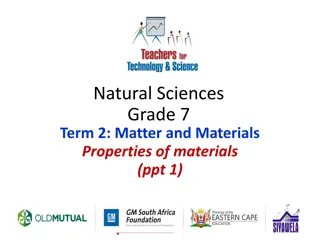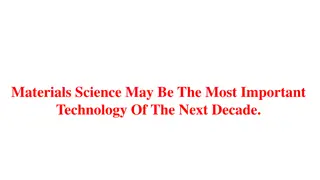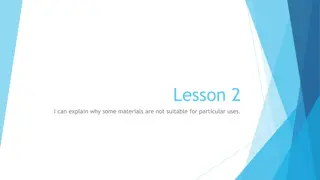Materials Physics Lecture Series: AIMS Program Overview
Explore the joint lecture on materials physics in collaboration with the Asian International Mobility for Students Program (AIMS). This course delves into the physical origins of electricity, magnetism, and optical properties while enhancing students' English language proficiency in a scientific context. The schedule spans 10 weeks, covering topics such as electromagnetic interactions, electronics, and magnetism through a comprehensive study plan that includes preparatory work, exercises, and detailed lecture segments. With a focus on mastering technical terms, problem-solving, and theoretical concepts, this course offers a rich learning experience in English.
- Materials Physics
- AIMS Program
- Electromagnetic Interactions
- English Language Proficiency
- Lecture Series
Uploaded on Sep 11, 2024 | 0 Views
Download Presentation

Please find below an Image/Link to download the presentation.
The content on the website is provided AS IS for your information and personal use only. It may not be sold, licensed, or shared on other websites without obtaining consent from the author. Download presentation by click this link. If you encounter any issues during the download, it is possible that the publisher has removed the file from their server.
E N D
Presentation Transcript
GUIDANCE Introduction to materials physics Joint lecture with AIMS lecture, Physics of materials AIMS: Asian International Mobility for Students Program
Aim of the Course To understand physical origins of electricity, magnetism and optical property. To improve student s multi-lingual ability (English) in science This course is held in English! Need English-Japanese dictionary!
Schedule 10-week lecture, 1+0.5 segments for each week, 3 chapters Week 1: GUIDANCE Chap. 1 (Week 2-4): Review of electromagnetic interaction of materials and electromagnetic wave (Muroo) Chap. 2 (Week 5-7): Introduction to electronics (Ikushima) Chap. 3 (Week 8-10): Introduction to magnetism (Katori)
Schedule of three chapters Chap. 1 (Muroo) Review of electro- magnetic interaction Chap. 2 (Ikushima) Introduction to electronics Guidance Week 1 Oct. 7 Week 2 Oct. 14 Week 3 Oct. 21 Week 4 Oct. 28 Week 5 Nov. 4 Week 6 Nov. 18 Week 7 Nov. 25 Chap. 3 (Katori) Introduction to magnetism Week 8 Dec. 2 Week 9 Dec. 9 Week10 Dec. 16
Detailed schedule of 1+0.5 segments Preparation (Home work) Exercise Lecture Seg. 3 Seg. 4 (1st Half) Seg. 4 (2nd Half) 13:00 14:30 14:45 15:30
Preparation (Home work) Technical terms listed in a lecture should be researched and explained in English until the next lecture. Explanation by formula is preferred.
Exercise Answer the problems given in English, which are related to the topics in the lecture Description in English is strongly preferred.
Chap. 1-1: Electric and magnetic interaction and EM wave Static interaction of materials Electric field and dielectrics Magnetic field and magnets Dynamic interaction Faraday s law of induction Ampere s circuital law and displacement current Maxwell s equations and wave equation
Chap. 1-2: Electric dipole interaction Review of electromagnetic wave Electric dipole interaction Force acting on electric dipole Potential energy of electric dipole in electric field Mechanical oscillator model of electric dipole Lorentz model and refraction index Absorption and dispersion of light in material Absorption and refraction
Chap. 1-3: Application of electromagnetic interaction Absorption and emission of light Spectroscopy Atomic resonance and Line spectrum Optical memory Magnetooptic effect Faraday effect, Kerr effect
--- --- Material Science and Electronics Material Science and Electronics --- --- Chap. 2 (Ikushima) Week 5(4thNov.) Introduction to electronics R, L, C circuits: Metal, Ferrite, Dielectrics Non-linear devices Semiconductors Diode, Transistor Week 6 (18thNov.) Commercial semiconductor devices pn junction, field effect transistor (FET) Week 7 (25thNov.) Advanced quantum devices Quantum Well (QW), Quantum Dot (QD) Atomic layer device (Graphene) Single electron transistor through a QD
Chap. 3 (Weeks 8-10, Katori): Magnetism and its Applications to Materials Science and Industrial Technology Week 8: Introduction to magnetism A brief history of magnetism Magnetic order and hysteresis Week 9: Applications of soft and hard magnets Soft magnetic materials Permanent magnetic materials Static applications. Week 10: Magnetic recording Spin-polarized current Magnetic sensors Magnetic memory











